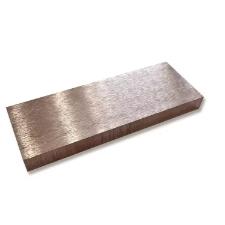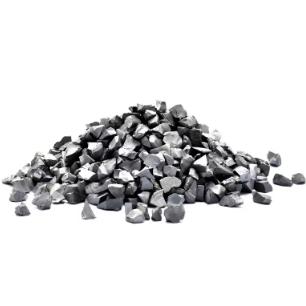**Shiny Secrets: The Metals Behind Everyday Magic**
(What Metals Do They Plate)
You see them everywhere—on jewelry, car parts, kitchen tools, even your phone. These items often have a hidden layer of metal that makes them shine, last longer, or resist rust. But what exactly are these metals, and why do we coat things with them? Let’s dig into the world of plating and uncover the metals that make ordinary objects extraordinary.
First up is gold. Yes, real gold. It’s not just for rings and necklaces. Gold plating is used in electronics because gold doesn’t corrode. Your smartphone’s charging port or the connectors on a circuit board might have a thin layer of gold. It keeps signals flowing smoothly and stops parts from wearing out. Gold is pricey, so it’s only applied in tiny amounts. But even a whisper-thin coat does the job.
Silver is another star. It’s cheaper than gold and a top choice for things that need to conduct electricity or heat. Silver-plated utensils were once a sign of luxury, and they’re still used in fancy cutlery. Mirrors, too—the reflective backing on glass is often silver. Silver tarnishes over time, though. That’s why plated items need regular polishing to keep their shine.
Then there’s nickel. This tough metal is all about protection. Nickel plating acts like armor for parts exposed to heavy use. Think of tools, bike chains, or car bumpers. Nickel resists scratches and rust, making it perfect for rough environments. Some people are allergic to nickel, so it’s not used for skin contact items like watches or belt buckles. But for industrial jobs, it’s a workhorse.
Copper might surprise you. It’s usually hidden under other metals. Copper plating is great for blocking rust, so it’s often the first layer on steel or iron. You’ll find it in plumbing pipes or electrical wiring. Copper also has a warm, reddish look. Some designers use it as a base for decorative pieces before adding a final coat of gold or silver.
Rhodium is less famous but just as cool. This rare metal comes from the platinum family and gives a bright, white finish. Rhodium plating is popular for jewelry, especially over silver or white gold. It stops tarnishing and adds a diamond-like sparkle. Rhodium is super hard, so it also protects rings and bracelets from scratches.
Zinc is the quiet hero. Galvanizing—a type of zinc plating—is used on fences, nails, and car parts. Zinc reacts with air to form a protective layer, shielding iron and steel from rust. It’s cheap and lasts years, even in rain or snow. Next time you see a metal rooftop, chances are zinc is keeping it intact.
Chrome might be the most familiar. Chromium plating gives that mirror-like finish on motorcycles, faucets, or car trim. Chrome doesn’t just look good—it’s tough. It resists scratches and corrosion, making it ideal for showy items that also need to survive daily wear.
(What Metals Do They Plate)
Plating isn’t just about looks. These metals solve problems. They stop rust, conduct electricity, reduce friction, or make cleaning easier. The next time you pick up a shiny fork, plug in a charger, or admire a piece of jewelry, remember the thin, invisible layer that makes it work—and the science that put it there.
Inquiry us
if you want to want to know more, please feel free to contact us. (nanotrun@yahoo.com)


